I was awoken suddenly at 1am by Santos the elephant visiting my tent. He has followed the same path for years, grazing the bushes along the way. I thought he would push the tent over as he brushed against it, lifting he roof! I am told he comes most nights.
No rush today, so I explored this small camp before we had a short mokoro (dugout) experience. The marshland is serenely beautiful. We took a slow ride downstream to the boat station, passing marabou storks (I was told it means old & ugly), pied kingfisher, reed cormorant, pretty African jacana walking on water, long toes and long claws enable them to walk on floating vegetation. A small crocodile, lechwe, hippo, the tiny Angolan reed (painted) frog clinging to a reed, elephant, white fronted bee-eaters, African Fish Eagle and a Yellow-billed stork. At the station we had a 30 minute ride on a fibre mokoro poled by guys who live at the station. A very tame thing compared to my trip in 1988 when I spent two nights with one polar on a small island. Sitting back as the mokoro is poled, watching the reeds pass by to the sound of the rippling water and bird calls, makes for a very quiet peaceful ride. Ailine’s smile shows the delight of even the short mokoro ride On the way back to camp, Sam made a garland of the delicate water lilies; the almost translucent yellow, white and blue shades of the water lilies are breathtaking. We stopped a meter from a grinning, large, unconcerned crocodile basking in the sun.
The most amazing sight was of a elephant crossing a wide deep water channel. I have a MOV file but instead I have added a sequence of 3 images – make sure to see the last one! These images are not cropped – we got very close at times so we backed off when he showed his displeasure. trunk just above the surface. As it became deeper, he dived and bounced up many times in the crossing. As it then became shallower, he trumpeted at us, ears up, so we backed off!
I love the yellow and green shades of the reeds fringing the streams. the way the heads bend away from the breeze. They provide a habitat and shelter for birds and frogs, as well as the crocs. Vervet monkeys are quick and agile in the big trees surrounding the camp so tents must be closed to avoid losing gear!
The White-fronted Bee-eater is not only a feast for the eyes; the birds are skilled in flight and excellent hunters. They hunt down insects, especially bees in flight and consume them unaffected by its sting. The Bee-eaters shape, size and form compliment its ability as a skilled hunter. In comparison to other Bee-eaters, the shape of their wings is unlike most others as they are sedentary birds; their wings are broadsquared off at the edges, whereas the migratory species have more slender and pointed wings which assist them in long flights during migration.
Yellow-billed storks have a fishing technique of using one foot to stir up the water to flush out prey in the mud, stepping forward to do so again. One was building a nest in the shrubs on the bank.
The Pied Kingfisher is estimated to be the world’s third commonest kingfisher, found throughout sub-Saharan Africa and southern Asia from Turkey to China. It is a specialist fish-eater, although it will take crustaceans and large aquatic insects. It has two unique strategies, shared by no other kingfishers; it usually hunts by hovering stationarily over the water and dives down bill first directly below to catch fish. It can then deal with prey without returning to a perch, and even catch a second fish, or eat small prey in flight. This means that this kingfisher can hunt over the sea or in estuaries that lack the perches required by other kingfishers.
I love eagles and the African fish eagle is one of my favourites ever since I first heard one in 1998 in the Kruger Park. We had four days in a group of 8, plus two wardens and a cook. We were taken from the main camp of Skukuza to a set of A-frame huts in the bush. And as usual, we had morning and afternoon trips into the bush away from the crowds. One morning we drove a few km in the dark, then walked one or two, a great way to really be immersed in it – the wardens had guns though! We had a light breakfast on the edge of a vast wide valley as the sun rose in the quiet. Then the eagle called, soaring high in the sky. Unforgettable.
The beautiful tiny Angolan painted reed frogs clinging to a reed are difficult to see even when pointed out. They are about 35 mm in length, the most brightly coloured of all the frogs in the Delta.
Hippos look so calm, but are very dangerous. Known to charge, especially on land at night, they are also quick in the water and will tip a boat over if provoked.
We were back for lunch when the first couple (from Albany, Western Australia) arrived. I tried to load two MOV files in the posts without success, clearly not the right file type to load.
In the afternoon leaving the camp, I was initially distracted by an approaching boat from another camp. The first indication of what we were about to see was an Open bill stork flying low over the water, carrying a large clump of grass or reed. Following it’s flight, we then saw the reed island inhabited by those thousands of large nesting birds. I seldom become excited by birds, but the shear mass of birds was overwhelming. As we motored up close to the reed island my attention focused on a pair of Marabou storks (black & white, red head and wattle) nesting at the high point of the bush. Below them were many Yellow-billed storks, one flying past, all overseen on the right by a bored Great White Pelican wondering what the fuss was about. The birds were often facing away – not the best view of the marabou! Down the ‘slope’ of the bush, the yellow bills added to the noise, but I guess they knew what they were calling. Sacred Ibis (white with a black head & tail), a Great White Pelican, Open bill storks (bronze/black), and a Grey Heron were perched nearby. The sun was low, we were facing east, so the warm light lit the birds up beautifully in a breathtaking yellow sunset. It could not have been better, and I regard it as one of the highlights of the trip. The Yellow- billed storks were nesting, some building, and some already had chicks. Then suddenly a yellow bill flew in just a few meters away in front the other side, dangling it’s long legs in preparation for landing. It was amazing to watch these big birds flying west across the channel behind us, returning in front to bring back a suitable reed for the nest right in front of us. Ailine and I went nuts with the fast 7D’s rattling like machine guns, I didn’t want to stop!
There are at least three derivations of the marabou name: derived from the Arabic word murābit meaning quiet or hermit-like, or from the French marabout term of Haitian origin denoting multiracial admixture, or French for an ugly old man, which David likes! The marabou stork is a massive bird: large specimens are thought to reach a height of 152 cm (60 in), a weight of 9 kg (20 lb), and a wingspan of 3.7 m (12 ft) ranked as having the largest wing-spread of any living bird. Even higher measurements of up to 4.06 m (13.3 ft) have been reported, although no measurement over 3.20 m (10.5 ft) has been verified. It even rivals the Andean condor; more typically, however, these storks measure 225–287 cm (7–9 ft) across the wings, which is about a foot less than the average Andean condor wingspan and nearly two feet less than the average of the largest albatrosses and pelicans.
A short distance away the Yellow-billed kites were in trees, here for summer till March.. A medium-sized bird of prey, reaching an average length of 55 cm (22 in) and a wingspan between 160-180 cm (5ft 3 in – 5ft 11 in). It is an all brown bird often with a lighter grey-brown head. It has a forked tail, as is often synonymous with kites although not always the rule. The all yellow-beak is the bird’s most telltale feature, and makes it easy to identify in the field. https://wildlifevagabond.com
The wifi was strangely better here in this water world, but still no good for phone calls.
Vervet monkeys swing in the massive sausage trees shading us on this island, so the tents must be zipped. The sausage tree features 3-24″ long sausage shaped fruits growing at the ends of long stems. The tree’s flowers, about 10 cm (4 inches) wide, are purplish green in colour and are slightly irregular in shape or bent to one side. They are produced on old wood and hang so that they can be easily visited by bats, the principal pollinators. The flowers do not bloom until nightfall, when they emit a mouselike odour, and bats visit them for nectar and pollen. By morning the flowers have fallen. The fruit, while not palatable for humans, is popular with hippos, baboons, and giraffes. A full house tonight with nine Germans who kept to themselves. Tomorrow we leave for Savuti in the Chobe reserve.


Sausage Tree 
Vervet at my tent 
White-fronted Bee-eater 
Fish Eagle 
Fish Eagle 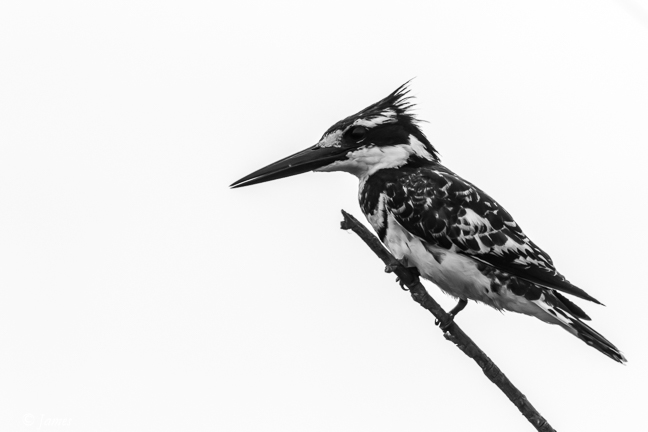
Pied kingfisher 

Lechwe 
African jacana 
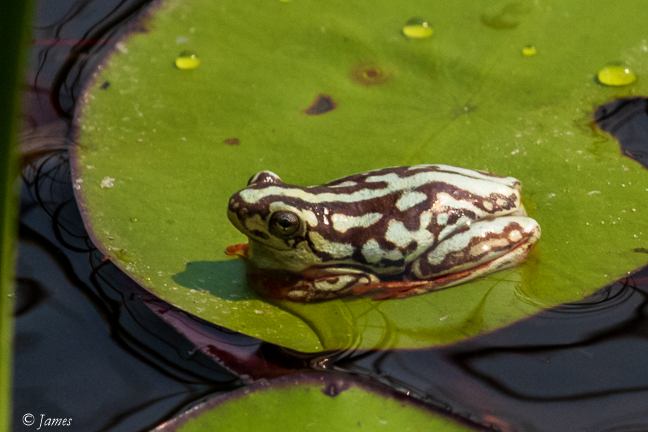
Angolan reed (painted) frog 
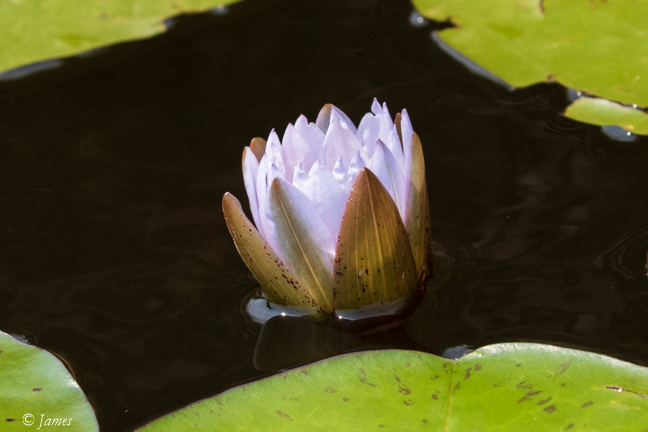


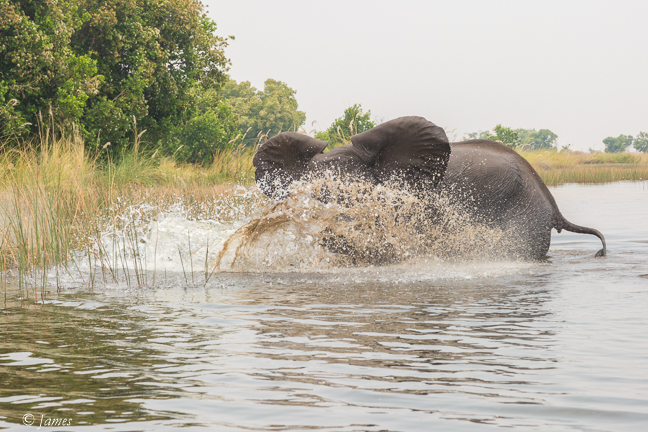



Yellow-billed stork 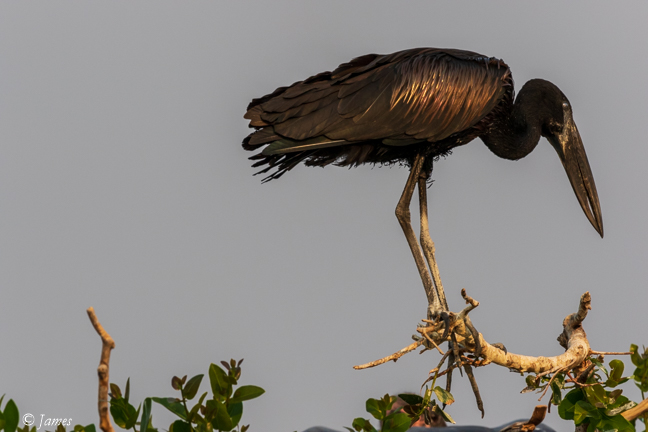
Open bill stork 
Marabou stork 




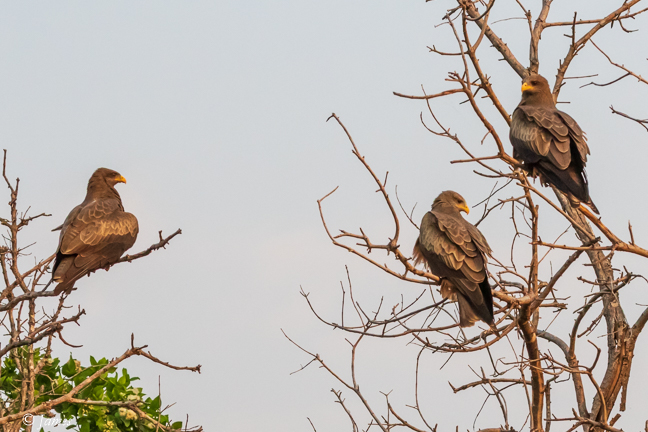
Yellow-billed kites 



That slow ride must have been nice. Peaceful. And a Marabou stork huh? I bet David had a good chuckle! 🤣
Bet those monkeys have worked out how to steal food etc. Must be an amazing experience knowing they are so close by.
I guess elephants don’t float! 😬
Sorry to delay the reply – still getting to know this software. And the wifi is often bad. You are right on all counts, Had to keep the tents zipped.
9 unfriendly Germans? Unpleasant. At least it was not for long. You must have taken thousands of photos! Can’t wait to see them
Thousands yes sadly, It will take a long time to sort into a bite size in this
I read all your posts yesterday and commented on every one of them. For some reason – I don’t know why – they didn’t get through? I’m hoping this one does… 😢
I can’t remember all my comments but your stories are great. I couldn’t stand the heat you described but everything else sounds amazing. I think you’re going to find it very difficult to leave! I especially miss all the sounds. I loved falling to sleep in the African bush with all those sounds. And then waking up to the birds… so many memories.
You never said how you recovered from the rapid takeoff in the car?